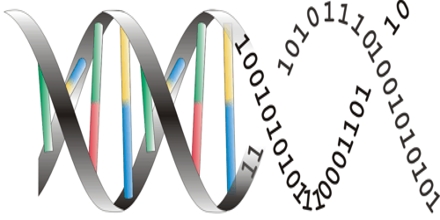
About Us
The general focus of Dr. Valafar’s current research is the application and transfer of engineering techniques to biological systems. In addition, this transfer of information can be reversed to implement efficient optimization and security (immunity) techniques inspired by biological models. His specific research is divided into three main categories: Computational Biology, Bio/Health Informatics and Computational Medicine.


